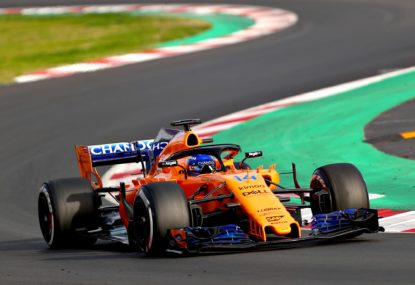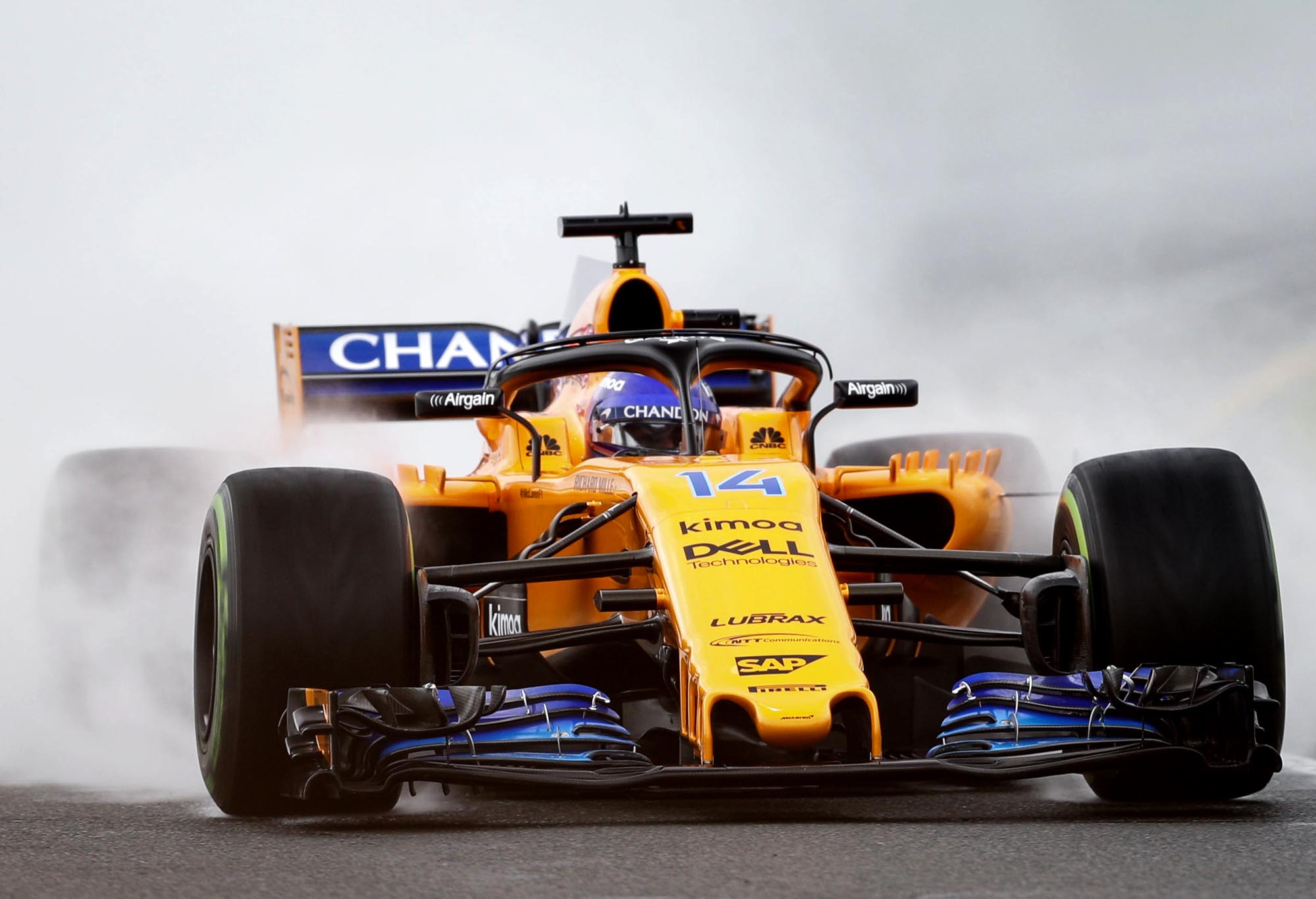'Welcome back': Reliving the last Chinese Grand Prix ahead of its much-anticipated return five years later
Five-years is a long time in motorsport, let alone the general state of the world – especially given the impact of the Covid-19 pandemic…

The inevitable scalp from McLaren’s sustained malaise in the post-Honda era has been claimed, with Eric Boullier falling on his sword days ahead of the team’s home event in the British Grand Prix.
Erstwhile racing director Boullier, who joined the Woking-based outfit in 2014 following a successful four-year stint as team principal at Enstone under the Renault and, later, Lotus guise, is collateral damage as McLaren comes to terms with the internal shortcomings which have been laid bare without the Japanese manufacturer to defer to.
This came only weeks after a public declaration from Boullier that he wasn’t going anywhere amid talks of a staff uprising led by his predecessor, Martin Whitmarsh, an individual to whom many trace the genesis of the team’s downfall.
What’s unclear is whether the Frenchman’s departure is a greater indictment of his own inadequacies or the fickle ‘matrix’ leadership structure – accountability to multiple departments, thus denying Boullier the autonomy he enjoyed in his previous employment. That McLaren has seen increasingly diminishing returns since its inception is an unsurprising coincidence.
Not for the first time in recent months McLaren announced “a leadership restructure of its racing operations” in response to the news and, to be taken with a grain of salt, “a simplified technical leadership team” in a press release on its website, corporate speak at its finest.

(AAP Image/Dave Acree)
Chief executive officer Zak Brown stated the obvious when he remarked that “the performance of the MCL33 in 2018 has not met the expectations of anyone at McLaren”, before adding that “the causes are systemic and structural, which require change from within”, encouraging sentiments if it were any operation other than the one in question on the evidence of the past five years.
To that end several senior staff have been handed increased responsibilities presiding over multiple departments while previous ‘advisor’ Gil de Ferran assumes an official capacity as sporting director.
This streamlines some leadership components in the strictest sense though simultaneously retains a busy chain of command while posing the risk of spreading some personnel too thin, not least its chief operating officer, Simon Roberts, who must now juggle the production, engineering and logistics portfolios.
As much as the cliched line of the team and fabled McLaren Technology Centre being ‘the house that Ron Dennis built’ trotted out, it has been rudderless since Dennis was ousted at the end of 2016 following years of boardroom arm wrestling that fractured its remit to rediscover the successes of yesteryear which are growing rapidly distant.
[latest_videos_strip]
For all of Dennis’s fastidiousness and infatuation with a road car division, he possessed a relentless racing DNA found among few in management, and by all accounts there is a disconnect within the factory under the present leadership, unlike the military precision conduct under his watch. Reports of performance-based chocolate incentives wouldn’t sit well with Dennis.
That doesn’t mean he should return, though Brown and co. must examine the elements which served the team so well during this period and look to implement a hybrid environment rather than the wholesale culture change which has been affected swiftly on the back of decades under a watertight regime. As the saying goes, old habits die hard, but not all of these were necessarily bad habits.
Irrespective of how long McLaren requires to correct itself for the umpteenth time, it’s going to be a long-term process which can’t be rushed. It must be organic. The proof won’t be next season – Honda’s perhaps – but it’ll be 2021 or 2022, and that’s only if they get it right starting now.